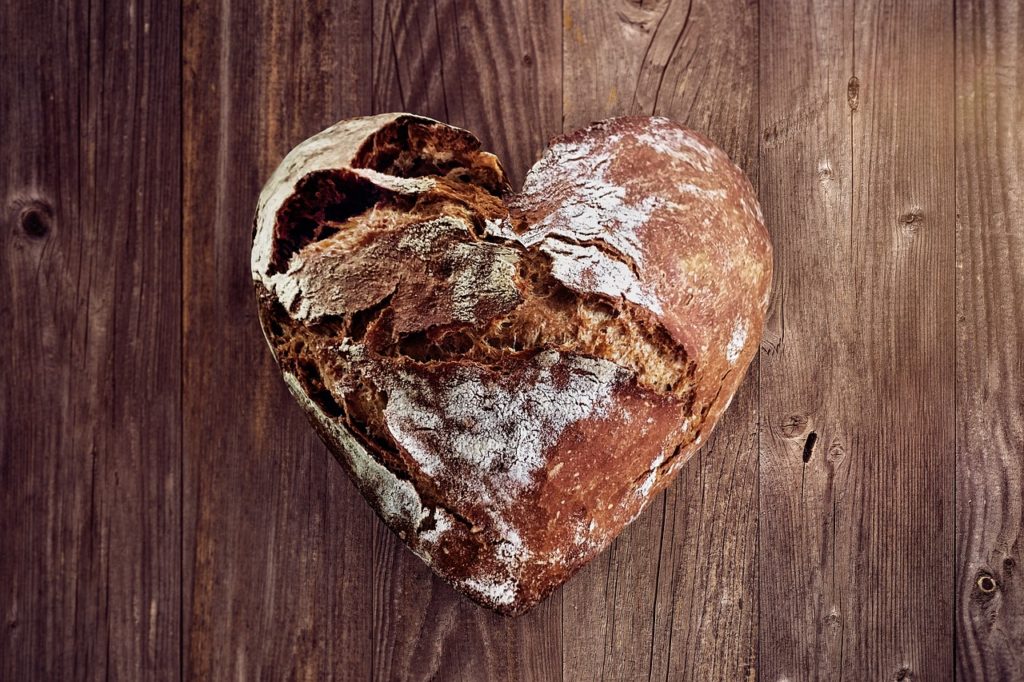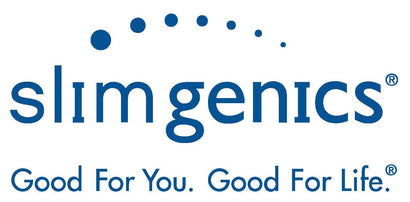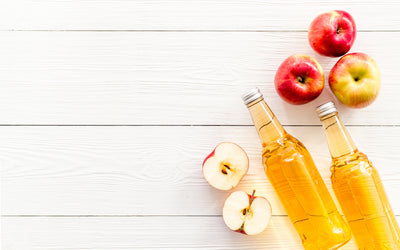Your Cart

Debunking the Bread Myth
I was at the grocery store this weekend picking up ingredients for a nice winter soup when I took a moment to check out the bread aisle. I’m one of those people who loves to read nutritional labels and there were new low-carb multigrain breads available to check out. I was mid-Google on some sprouted-grain bread when I overheard a conversation that has been happening a lot in the last couple of years.
“I’m not eating bread anymore. Bread makes you fat.”
And instantly, the know-it-all in me wanted to jump out because one thing I want for us to embrace in 2020 is strong nutritional values that are based on science and not lies that have been spread by unethical sources. So today, let’s take a quick dive into debunking some misunderstandings about bread and weight gain.
Bread Is Just a Piece of A Bigger Puzzle
Ok, if there is one thing I want you to take away from this today: Saying that any one thing is the reason for weight gain or fat accumulation is a huge cop out that removes your power as a healthy person. Unethical media and predatory weight-loss companies like to scare people and also make things very simplistic which is why there were celebrities pushing things like the Alphabet Diet and ephedra-laced weight-loss candy in the last few years. Understanding how nutrition plays a role in our health may seem complicated but trust me, taking control of your knowledge and spending the time to learn more about balanced eating creates lifetime success versus narrowing down your health into something as simple as “Bread is bad”.
Understanding the bread myth requires taking a step back to understand that the human body quite literally NEEDS carbohydrates to fuel itself efficiently. In fact, complex carbs such as sweet potatoes, brown rice, quinoa and more possess the ability to provide our bodies with sustained energy throughout the day as well as vital nutrients that contribute to supporting our overall health. So why is bread considered “bad”?
Enter mass production of food in the 1950s. Soft texture, long-lasting shelf life, child-friendly palatability and a penchant for pure white color led to extreme processing of flour with additions of sweeteners and preservatives in bread. The breads of our current time compared to breads of ancient origins look very different. In fact, here’s a really interesting article about a form of ancient Roman bread. You will notice something about ancient bread which is whole grains, fermentation, earthy colors and no additives. You’ll also notice that whole-grain breads tend to have more body and heft than processed counterparts.
Processing grains into refined flours means removing the nutrient-rich hulls, bleaching, machine-grinding into fine powder and often adding preservatives to keep over long periods of time. So let’s break down what happens during all of this:
- Reducing grains into their simple starches (a la brown rice to white rice) means removing their complex components such as fiber-rich hulls (called germ or bran) or nutrient-dense outer layers. Fiber helps keep our digestive system working correctly and also helps the body process carbohydrates more slowly to provide long-lasting energy. Additionally, removing nutrients and only leaving carbohydrates means you simply end up with a short-term lasting set of densely packed carbs. More on this later. In short, all of the good stuff has been taken out and we are left with a very simple, easy-to-use set of carbs for your body to digest.
- Bleaching grains is yet another step in which the nutrients that provide rich colors and textures to foods are being removed to further simplify the carbohydrate load of the flour. One of the most common bleaching chemicals and preservatives is sulphur dioxide. Yes, sulphur is being added to processed breads.
- Machine-grinding creates that very fine texture we have become accustomed to but it is also doing something oddly sinister as well. Machine grinding is simply pre-processing your food and making it much easier for your body to access the carbohydrates quickly. Think of refined flours like pre-chewed food. Disgusting, I know, but that is exactly what it is. With complex carbohydrates, your body is able to take the time to break down the nutrients, utilize the fiber and spend the energy to properly digest your food. With processed flours/carbs, bread becomes simple, easy-to-overeat and a quick but inefficient energy source.
- Most companies want their processed breads to last a long while to increase profits so they add preservatives to ensure the bread feels soft and moist for far longer than nature actually intends. A big one is calcium propionate which is normally found in aged-cheeses. When bread labels mention added calcium, it is likely from the preservative used to keep it soft and not because they wanted to add nutrients. Another odd commercial preservative is gelatin. Yes, there is gelatin in a number of widely available processed breads.
Now that we know what processing does to bread, let’s talk a bit about what that processed bread is doing to YOU. These very simple, chemical-laced breads enter your body and because they are already pre-processed carbohydrates, they provide an immediate boost of energy which also comes with a rapid spike of insulin in your body. Insulin-resistance is worth its own blog so for now, understand it like this: huge spikes in insulin from massive loads of refined carbs cause your body to lose the ability to effectively process carbs/glucose over time and directly contributes to ongoing blood glucose issues such and diabetes and more. Additionally, this energy is very short lived as the refining process makes it very easy for the body to burn through carbs. So, you get a rapid spike in insulin and a fast but nearly useless boost in energy.
Finally, calories really aren’t the focus of a healthy lifestyle but it should be noted that these breads are typically high-calorie, low nutrition so it’s sort of like wearing a t-shirt in the cold of Winter. It’s going to help keep you warm for a very short period of time and then you’re back to being cold. Think of bread using whole-grains and free-from added chemicals like a nice woolen coat that keeps you warm and happy.
What did we learn? Bread is not bad. Consuming over-processed and simple carbohydrates in excess contributes to insulin-resistance, lack of nutrients and potential weight-gain.
Rethinking Bread: Healthier Options Enjoyed in Moderation
Knowing the truth about bread means we can then utilize the options that are better suited towards providing us with healthy energy and essential nutrients. What should we look for in bread?
Whole Grain bread has been through far less processing and hasn’t had its nutrients removed. Did you know that processing removes 20 essential nutrients from grains? Enriched breads only go so far as to add 5 nutrients back in. Again, those nutrients can sometimes be preservatives or more processed forms of nutrients.
Preservative-free bread may not last as long but you can rest easy knowing you aren’t eating bread composed of chemicals or gelatin. If you live further away from a store, natural preservatives such as garlic or ginger are wonderful flavor enhancers for bread AND they extend the life of your loaf without added chemicals.
Sprouted-grain bread is a fantastic option due to its strong nutrient profile from sprouting the grains and moderate levels of fiber. In addition, the sprouting process adds a wonderful flavor without added sugars or enhancers. This bread is also a wonderful option for people who are gluten-sensitive as the sprouting process breaks down some of the gluten in the bread while increasing the vitamin content. Awesome, right?
Common-sense serving sizes are something to take note of with bread or starchy option. The SlimGenics Program recommends a serving size of 15g of carbohydrates in breads during the weight-loss phase and a gradual increase once a healthy weight has been achieved. And honestly, I love bread. A piece of toasted whole-grain bread in the morning with butter, a beautiful omelet and an almond milk smoothie? Yes, please.
Let’s wrap up, shall we? Today we learned that bread is not our enemy. In fact, a healthy balanced diet of complex carbs and fresh foods is essential to living our best lives. This year we leave behind the boring breads of yesteryear and embrace the beautiful, nutritional, bountiful breads of the here and now (in healthy moderation). Have a great day, everyone!
Your Friend in Health,
Gabrielle @ SlimGenics


Comments